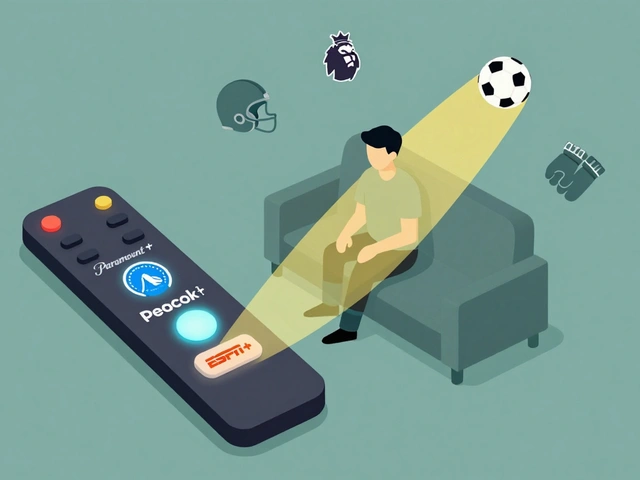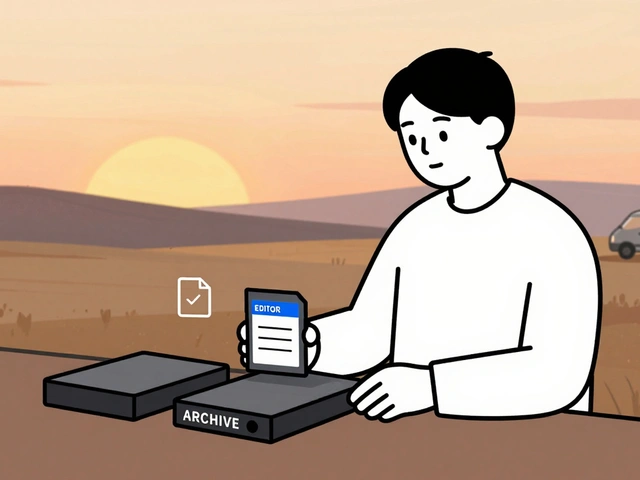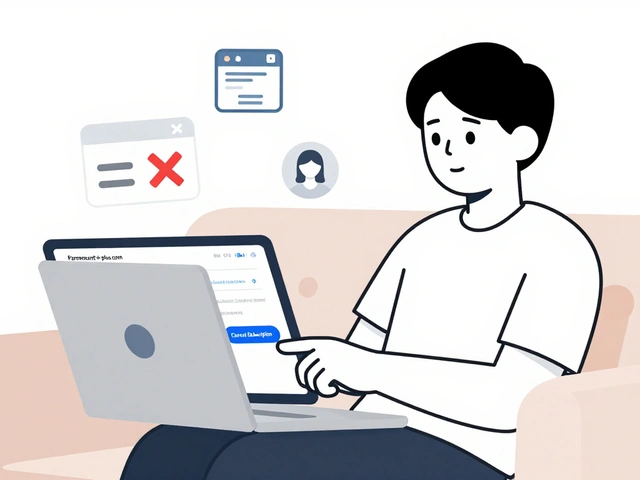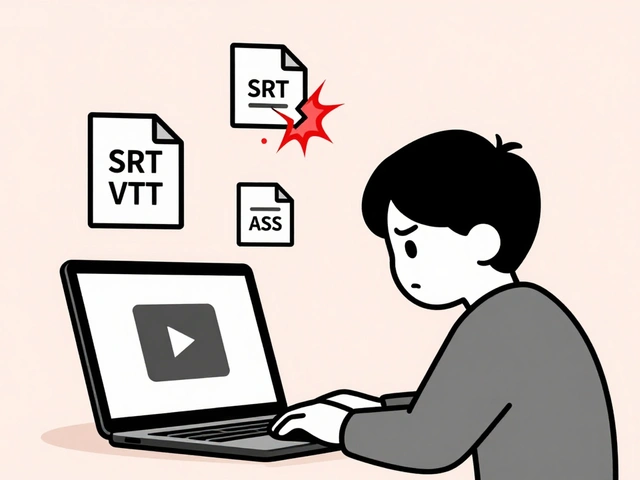Data Saver Mode: Reduce Data Use Without Killing Your Streaming
When you turn on data saver mode, a feature built into streaming apps and mobile networks to limit how much data video playback consumes. Also known as low-data mode, it’s the go-to fix when you’re on a limited plan, traveling abroad, or stuck with slow Wi-Fi. It doesn’t just shrink your video—it changes how your device talks to the server, often dropping resolution, cutting background buffering, and slowing down load times. But here’s the catch: not all data saver modes are the same. Netflix’s version behaves differently than YouTube’s, and neither works the same as your phone’s system-wide data saver.
What you really need to know is how bandwidth reduction, the technical process of lowering the amount of data transferred during streaming. Also known as bitrate throttling, it’s the engine behind data saver mode actually affects your viewing. If you’re watching a documentary in 4K on a 100GB plan, turning on data saver might drop you to 480p—but you’ll still recognize the scene. If you’re bingeing a fast-paced action show, that same setting might turn motion into blur. The real win? You can often keep your favorite shows running without hitting data caps. Services like Disney+, Hulu, and Prime Video all let you tweak this manually, not just rely on automatic settings. And if you’re using a mobile carrier’s data saver (like T-Mobile’s Binge On or Verizon’s Data Saver), you’re not just limiting resolution—you’re routing traffic through compressed servers, which can sometimes cause delays or weird color shifts.
Most people think data saver mode is just for phones, but it’s just as useful on tablets, smart TVs with cellular hotspots, or even laptops tethered to your phone. It’s the quiet hero behind those late-night binges when your home Wi-Fi goes down. The trick is knowing when to turn it on—and when to turn it off. If you’re on a strong home network, you don’t need it. But if you’re on a train, in a hotel, or sharing a hotspot with three other people, it’s your lifeline. And if you’ve ever canceled a streaming plan because you kept going over your data limit? This feature might’ve saved you money.
Below, you’ll find real guides on how to set up data saver mode across the biggest platforms, how it interacts with Wi-Fi 6 and 7 routers, and how to balance quality with usage—without losing the experience. Whether you’re managing a family plan, trying to cut costs, or just tired of buffering, these posts show you exactly how to make data saver mode work for you—not against you.
27
Data Saver Modes on Streaming Apps: Cut Bandwidth Without Losing Video Quality
Learn how data saver modes on streaming apps cut your mobile data use by up to 90% without hurting video quality on smartphones. See which apps do it best and when to turn it off.
Latest Posts
Popular Posts
-
 Paramount+ with Showtime vs. Peacock Premium vs. ESPN+: Which Sports Add-On Fits Your Viewing Habits?
Paramount+ with Showtime vs. Peacock Premium vs. ESPN+: Which Sports Add-On Fits Your Viewing Habits?
-
 Breakout Indies at the Box Office: How Word-of-Mouth Made These Films Blockbusters
Breakout Indies at the Box Office: How Word-of-Mouth Made These Films Blockbusters
-
 Data Management: DIT, Backups, and Archival Best Practices for Video Teams
Data Management: DIT, Backups, and Archival Best Practices for Video Teams
-
 How to Cancel Paramount+: Step-by-Step Guide
How to Cancel Paramount+: Step-by-Step Guide
-
 Why Subtitles Aren't Working: Fix Common Video Text Issues
Why Subtitles Aren't Working: Fix Common Video Text Issues



